Design Workshop: The Lowdown on Colossal Doors
http://decor-ideas.org 02/13/2014 03:22 Decor Ideas
Architect Philip Johnson famously remarked, “I have very expensive wallpaper,” referring to the four see-through walls of his Glass House, completed in 1949. Even today transparency defines modern architecture. And our desire to connect our interior living spaces with the outdoors has only increased in recent years.
Establishing these connections, though, without completely sacrificing a building’s thermal performance has been very difficult. But the demand for spaces that open completely to the outdoors has spurred the development of larger and larger thermally efficient doors.
If you’re contemplating your own colossal openings to the outdoors, here’s what you’ll need to consider.
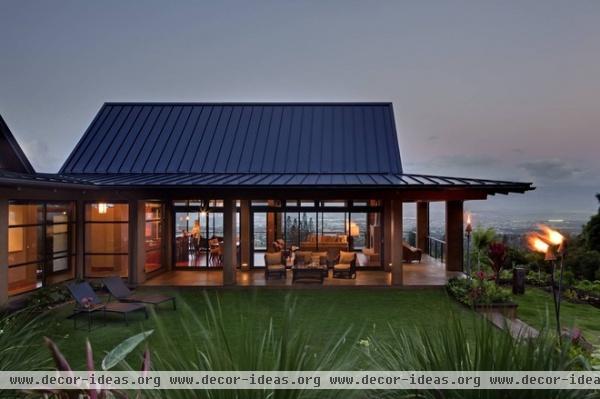
1. Materials
Material options for these doors essentially fall into one of three categories: metal, metal-clad wood or all wood.
Metal (Aluminum, Steel, Bronze, Cor-Ten, Stainless Steel)
Metal frames can withstand higher loads per given cross section than their wood counterparts. This makes metal an appealing choice if your preference is to reduce the amount of visible frame and obstructions between interior and exterior. Stronger materials yield narrower sight lines; that’s one of the big selling points for all metal frames.
Watch for: With metal it’s especially important to select a thermally broken frame. These are frames constructed to isolate the exterior metal from the interior metal to prevent heat transfer and condensation.
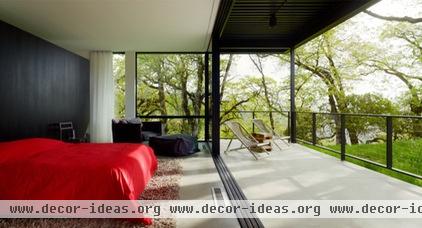
Metal finishes. Selecting the finish is an important decision not only for aesthetics but also for durability. Finishes vary based on the metal chosen.
The most common treatment of metal door components is a painted finish. Various methods are used depending on the manufacturer, substrate and final finish desired, but the basic idea is to cover the bare metal with a durable, UV-resistant, weathering surface. You want a finish that will endure many years of exposure without fading or chalking (or maintenance). Painted finishes are available in almost any color and come with the longest warranties.
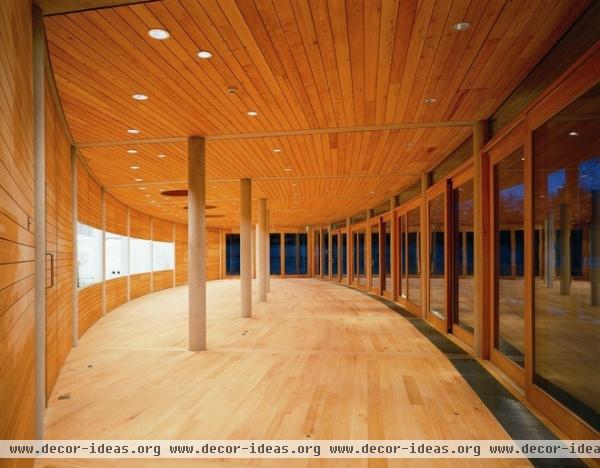
HS Portal Lift and Slide Doors Wood
The beauty and warmth of wood, especially for interiors, is hard to match. Used on the exterior, it can be equally beautiful if maintained properly. Therein lies the conundrum: We love the look of natural wood but don’t love the maintenance. Over time the elements can be particularly brutal on exposed wood doors even with the best marine finishes.
Watch for: The benefits. Wood can be sourced from sustainable forests, and the embodied energy is much lower than metal, which makes it an environmentally friendly option. Wood is naturally a poor conductor, so there’s less to worry about when it comes to thermal performance as compared to metal frames.
The trade-off comes with reduced structural efficiency. This means the frame profiles, or sight lines, are heavier, permitting less overall glass area. But as this image clearly shows, this can be more than compensated for by stacking multiple panels end to end.
Wood finishes. All manner of finishes are available for wood: paints, stains, penetrating oils and clear coats. Paint conceals the wood and provide color. Stains allow the grain of the wood to show through by varying degrees. Clear coats and oils preserve the natural new-wood look.
Describing each of these is beyond the scope of this ideabook; suffice it to say that wood doors are a long-term investment from a maintenance standpoint no matter which finish you select. Sanding and refinishing should occur on a regular interval: every two to three years on south- and west-facing doors, three to four years on north- and east-facing ones. Over the lifetime of the door, this will substantially preserve the investment.
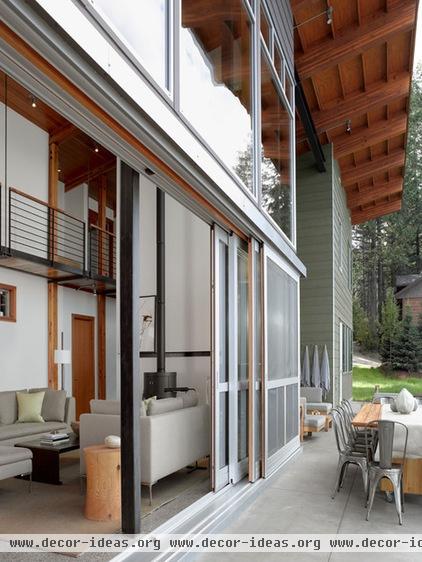
Lift and Slide Doors With Screens Clad Wood
Fear not; there is a way to have both the look of natural wood with the durability and low maintenance of metal. Enter the clad door.
Typically the exterior cladding is fabricated of painted aluminum, with hundreds of color choices (with long warranties), while the interior is constructed with the wood of your choice. Whether the wood should be painted, stained, oiled or given a clear coat depends on the interior material palette.
Watch for: Because the structure of the door is wood, you’re still limited by the beefier sight lines, but the lower maintenance more than compensates.
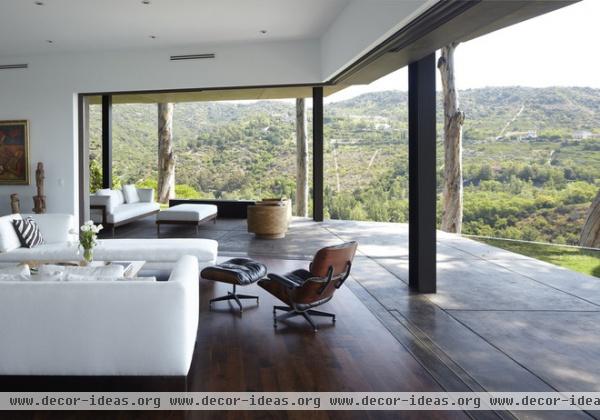
2. Opening Size
With some manufacturers offering lift and slide configurations exceeding 50 feet in width and 12 feet in height, the opportunities for connecting a living room to the great outdoors are virtually limitless. There are some physical limitations, however, as you can imagine; the opening size is governed by structural constraints.
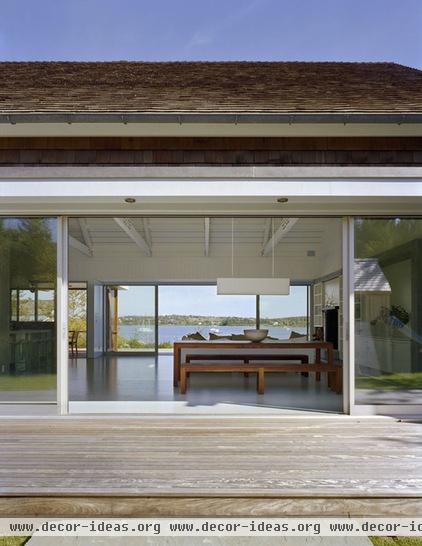
Another limitation is the size of the door panel, which is limited by the weight of the glass and the ability of the door hardware to perform under load. Large openings like this one can be achieved by using a biparting configuration, which effectively doubles the opening width of a single panel.
And finally, the project’s engineer must perform a careful analysis on the wind loading that’s present. These are all things a homeowner should be aware of, but know that experienced manufacturers of lift and slide doors have an in-house engineering team experienced in the design and detailing of these types of openings in harsh conditions.
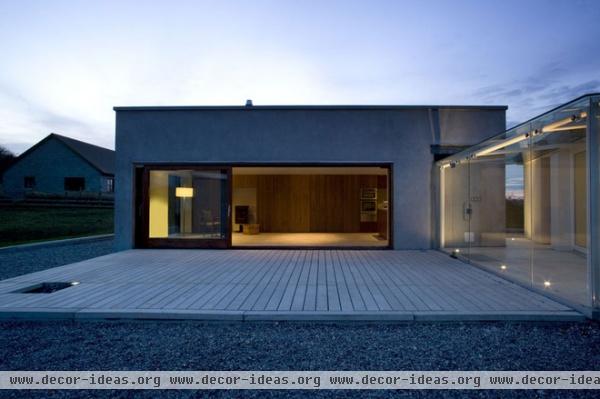
3. Panel Configuration
There are three general categories of panels: sliding, fixed and pocket. In general terms the operable panels must have somewhere to slide and stack when open. Here the panels can be seen stacking over a fixed panel to the left. Obviously, the more panels that slide, the deeper the track must be to accommodate them.
The one shown here is overall the most direct configuration, as the doors don’t slide into a pocket into an exterior wall. This configuration usually means that the door remains a physical obstruction in the space.
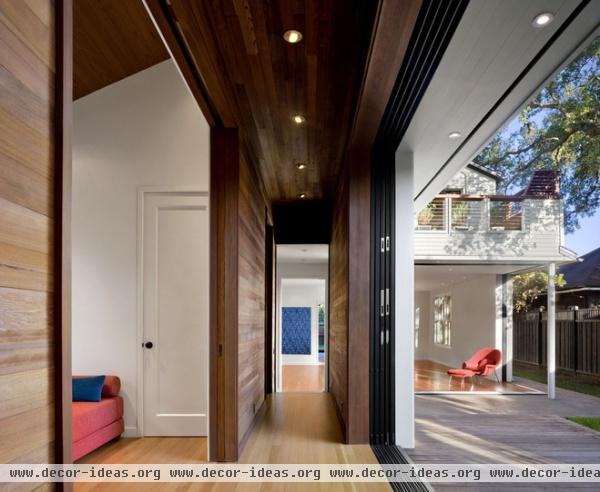
If free and clear are what you’re after, the pocket lift and slide door may be a good solution. Leaving only the track at the head and sill as a reminder that this is actually an exterior wall, the pocket system is as invisible as they come. Depending on the width of the opening and the number of door panels, these pockets can be quite thick (1 foot and up).
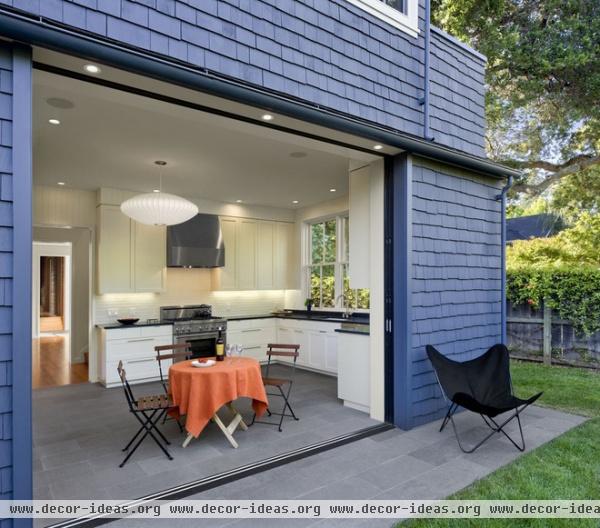
Manufacturers with experience in pocketed lift and slide doors are critical partners in the design process. They can provide advice on best practices especially with regard to the joints surrounding exterior pocketed doors.
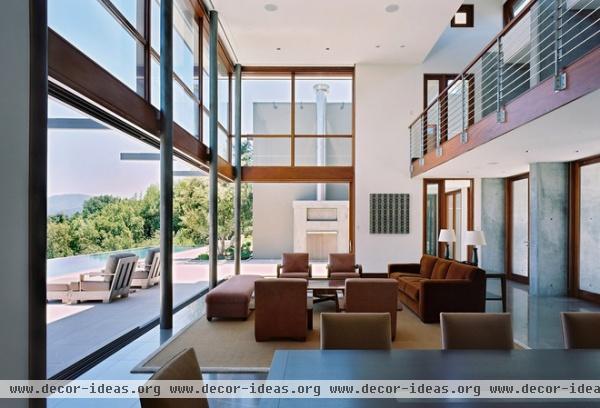
4. Thresholds and Sills
Keeping the weather outside when you need to is one of the basic functions of any door. When those doors also double as the exterior walls of a living space, it’s of paramount importance. Work with your architect or designer to determine the best fit for your site.
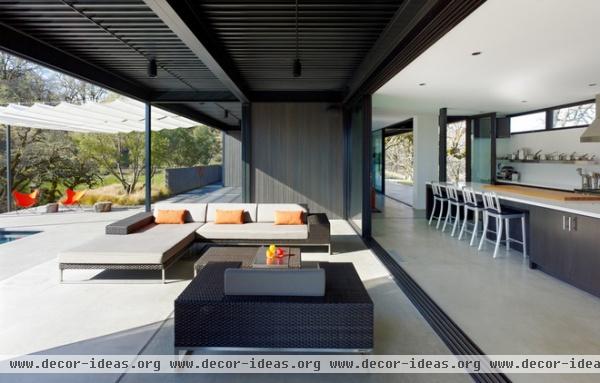
Here the threshold is fully protected by a deep overhang. This track is continuous at the floor. Take note that in higher-traffic areas, this type of sill even with a very low profile can be a tripping hazard — close to the floor, but not enough to signal one to actually pick up a foot. Continuous tracks offer better weather resistance than a recessed, flush or staggered threshold.
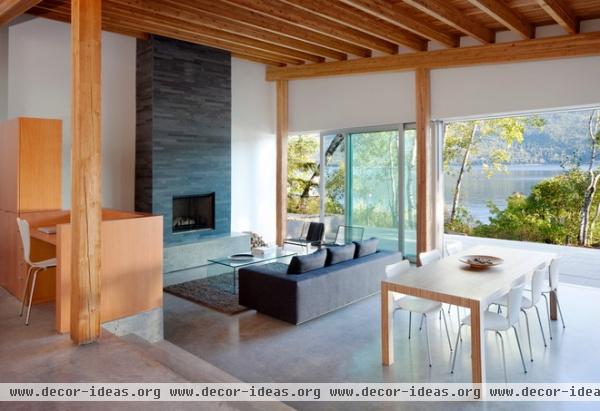
5. Insulating Qualities of Glass
Because these openings are by nature mostly glass, it’s important to pay attention to the insulating qualities of the glass. Double- and triple-pane glass are available for many of these units, but you should always consult the manufacturer for availability. The increased efficiency of triple-pane glass comes with a 50 percent increase in weight over a double-pane unit. As you can imagine, this has a real impact when it comes to large sliding door panels.
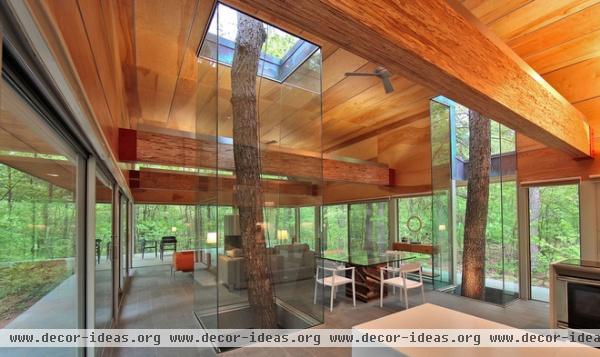
6. Screens
As much as we’re enamored with the outdoors, we’d prefer the winged, biting, blood-sucking beasts to stay out. If you live in a climate that’s subject to biting insects, colossal doors may seem impractical for most of the year. Screens are available on most, however. Remember that the track depth will increase for every screen panel you add.
The only drawback, of course, is that the screening, no matter how invisible the manufacturer claims it to be, is still a visual obstruction. But for ventilation and converting your room into a vast screened porch, it’s perfect.
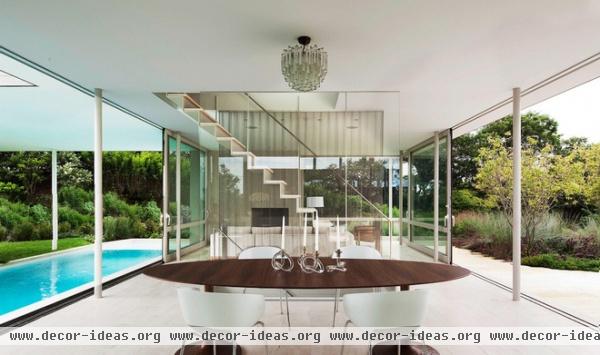
7. Cost
The old adage “If you have to ask, you probably can’t afford it” may apply here. There are myriad factors affecting price, and the further you get to the extremes of opening size (width or height) or special material, finish or operation, the less useful my estimates will be. My general starting point, what I tell clients locally to expect for budgeting purposes, is $1,000 per linear foot of opening. This means if you have a pocketed opening, you must count the full width of the pocket too. So for three 8-foot-wide panels stacking into a pocket, I would generically estimate $24,000. Using the same overall opening but stacking the panels would be $16,000, roughly. Unfortunately, Philip Johnson was right; it’s very expensive wallpaper.
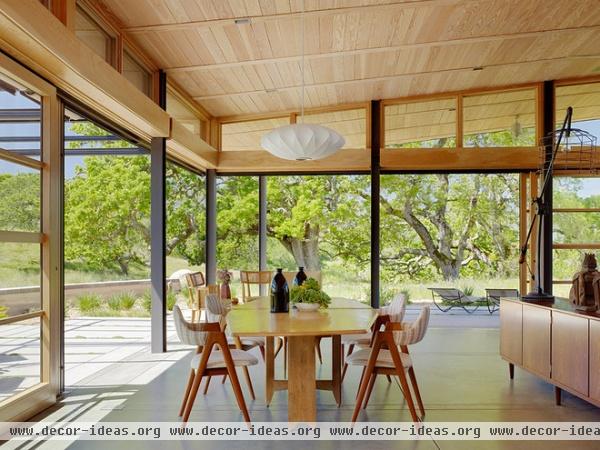
Lift and Slide Doors 8. Benefits
This image says it all for me. We have practical reasons for walling off our living quarters from the outside, but we choose places to live based on the surrounding environment, and doors like these allow us to be immersed in that environment.
They open our interiors to the exterior and all that comes with it: the changing seasons, the weather, the sounds and smells, the breezes. These are things that a more typical modern home would seek to insulate us from. Using these monumental doors to slide away that barrier gets us a little closer and refocuses us on what’s right outside and brings that experience inside.
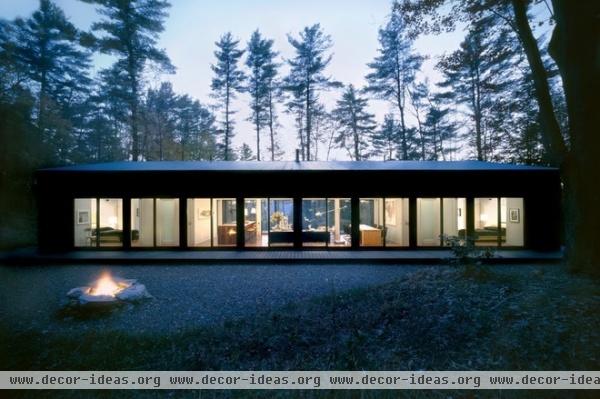
As a humble alternative to the colossal openings we’ve been fawning over, I offer the ingenuity of this architect’s solution. Aptly named Sixteen Doors, this home has a more common off-the-shelf sliding French door that achieves, albeit on a smaller scale, much of what we’ve been discussing. And, I would expect, at a fraction of the price. For rough budgeting assume that a good-quality 8-foot-wide, clad, sliding French door costs around $4,000, or about $500 per linear foot.
Once the desired effects are understood, there are always lower-cost alternatives that can provide similar results. I hope this inspires you to think about using colossal doors to reconnect with the outdoors on your next project.
More:
Design Workshop: Materials That Tell a Story
Find the Right Door for Your Patio
Keep Your Big Windows — and Save Birds, Too
Related Articles Recommended












